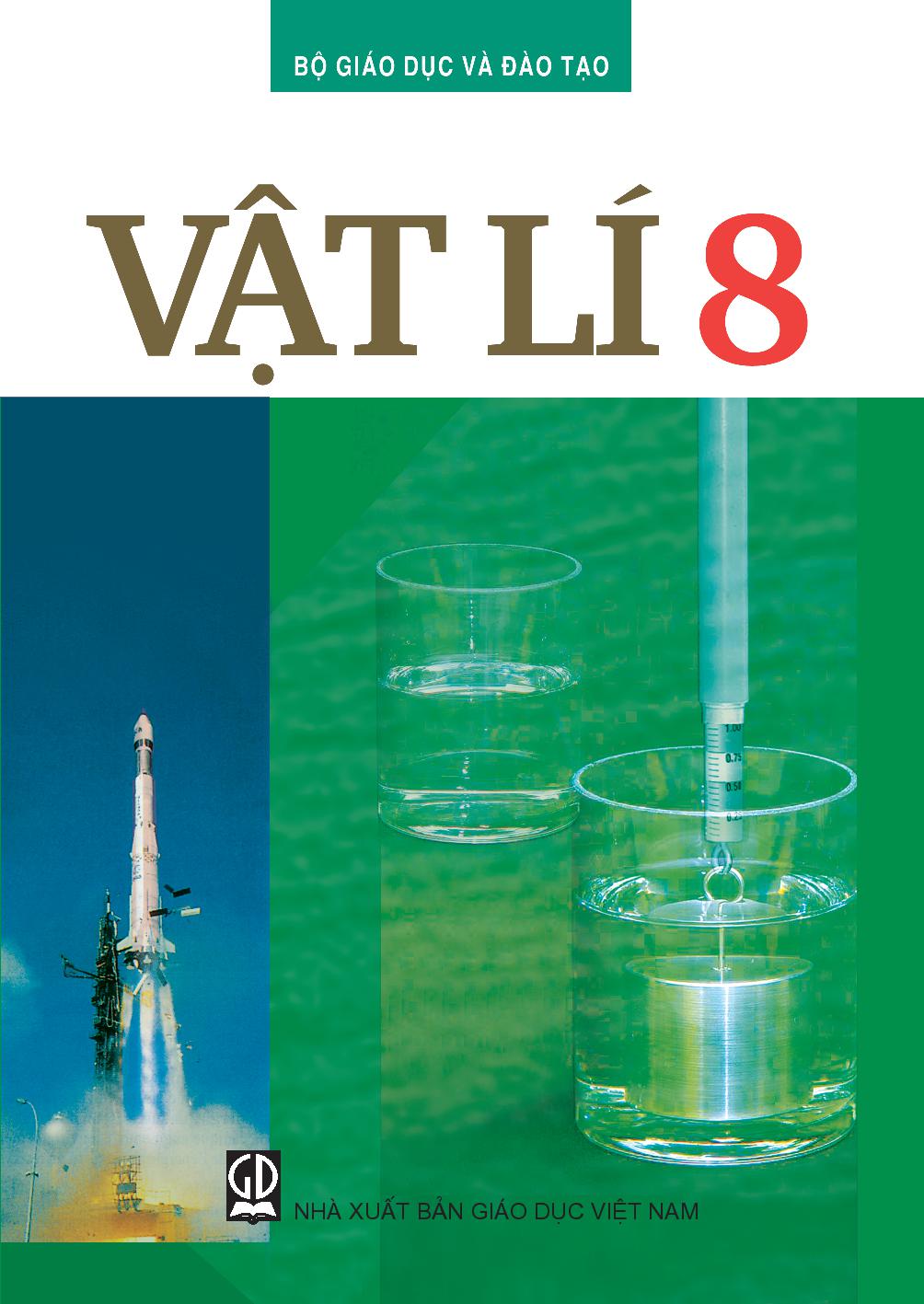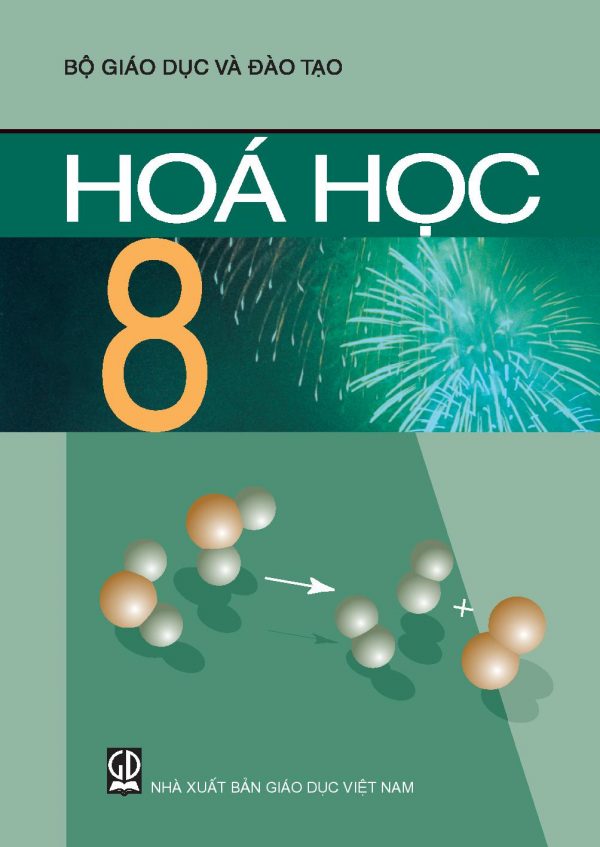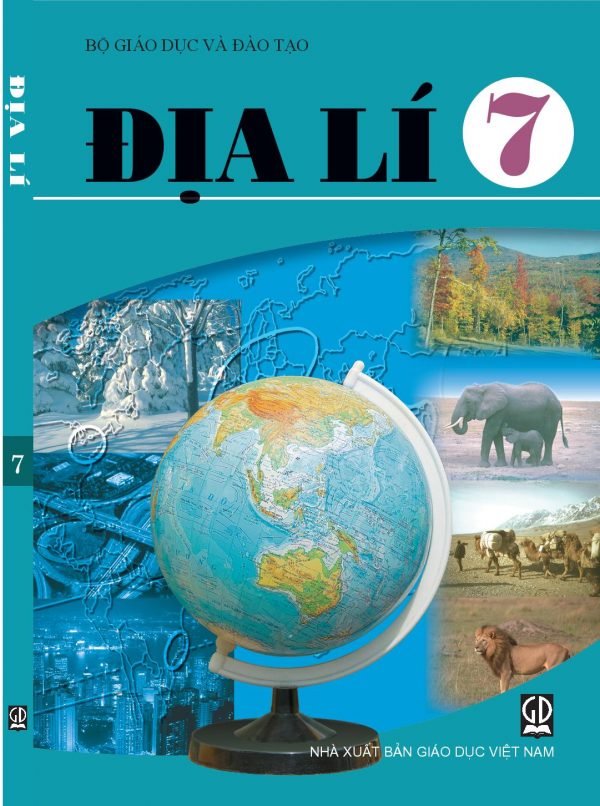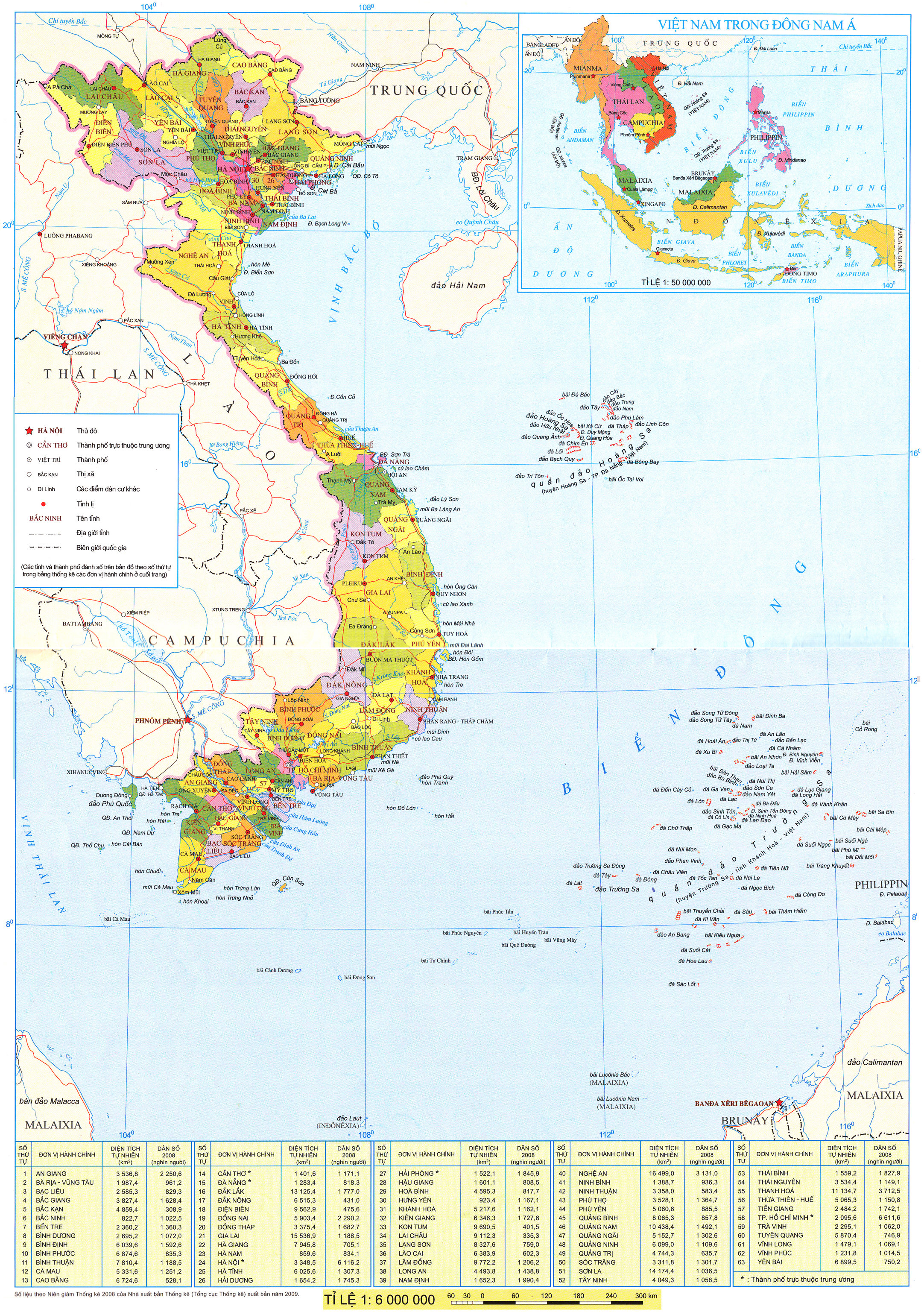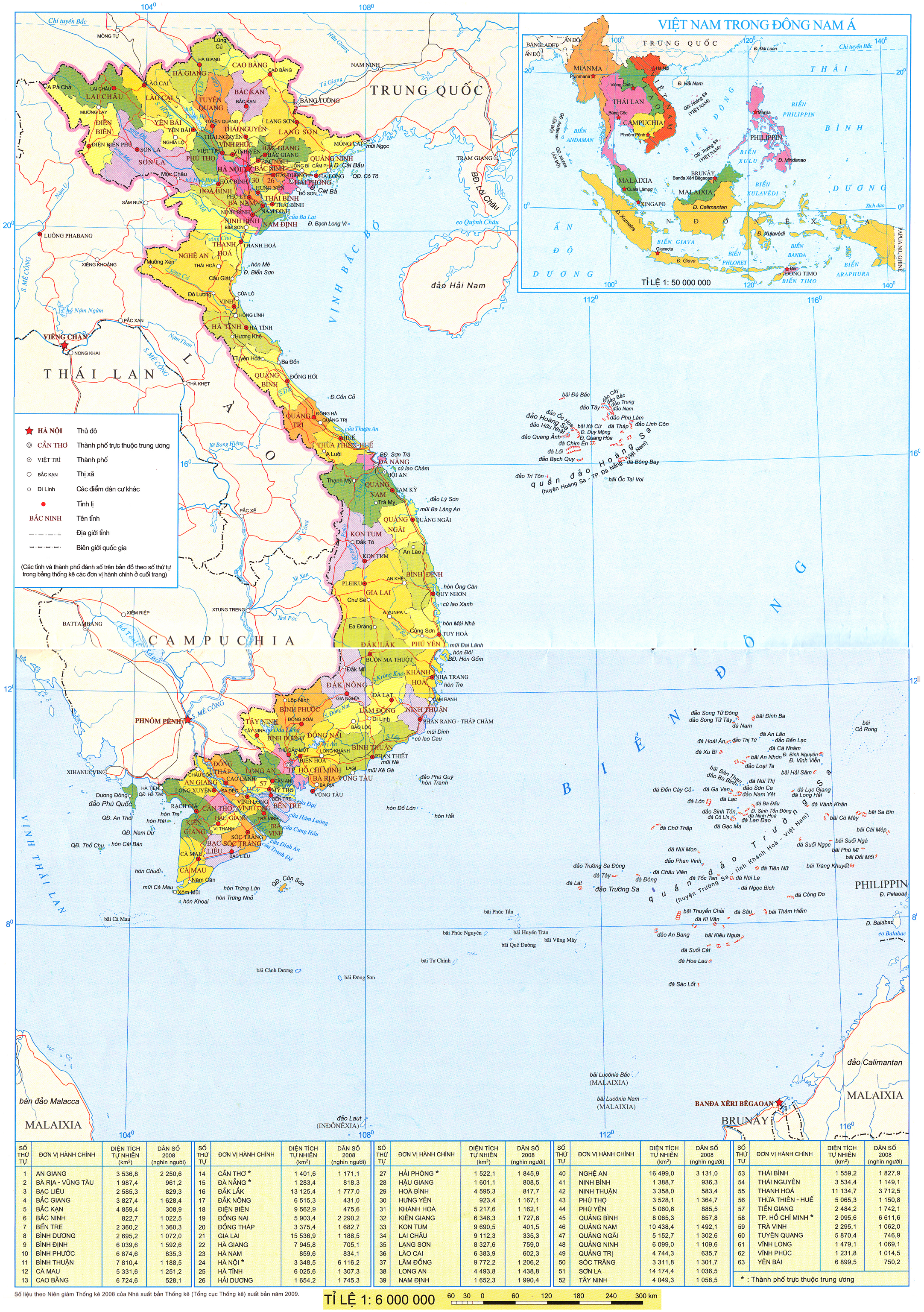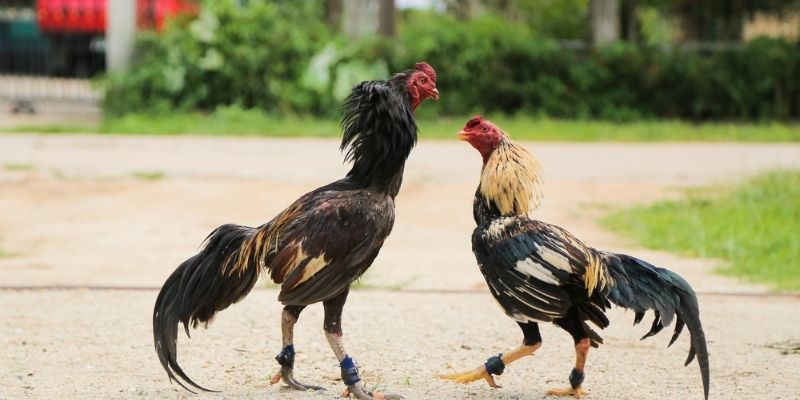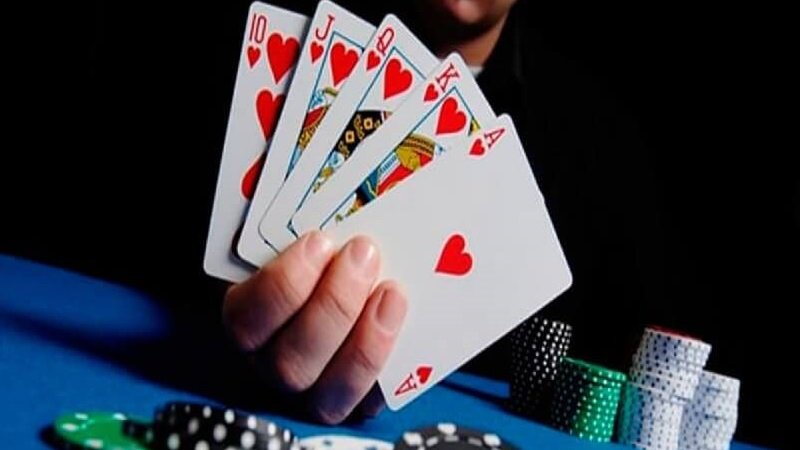(Page 64)
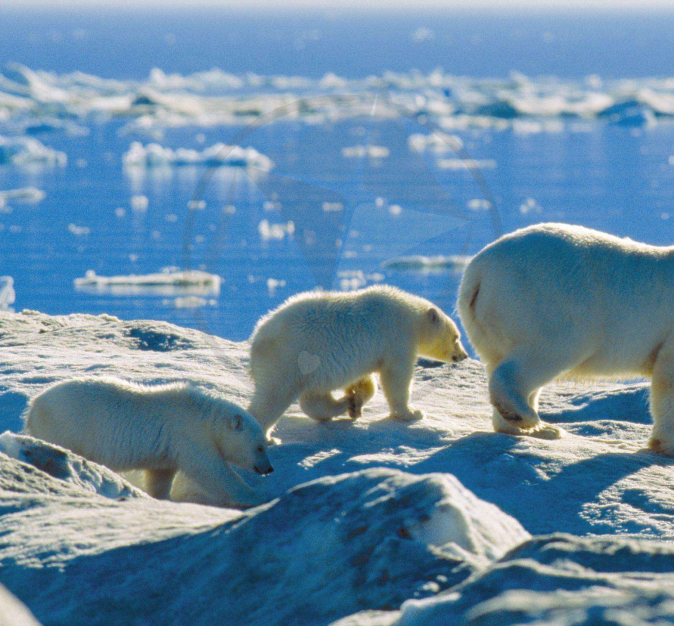
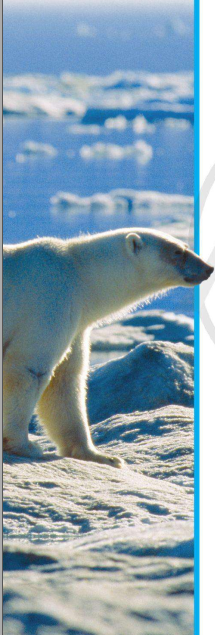
As ice melts in the Arctic, polar bears have to swim farther and farther to find ice floes.
(Page 65)
A. Look at the title and photo. What do you think "on thin ice" means?
a. strong and powerful
b. in a bad situation
c. changing
B. Find these words and phrases in the article. Then circle words in the text that tell you their meaning.
| cracked ice floes carcasses extinct |
C. Read the text. Underline the predictions.
ON THIN NICE
Paul Nicklen waited patiently on a sheet of ice in the Arctic to take pictures for National Geographic. Finally, he saw a polar bear. The swimming bear jumped out of the icy water to catch its food. Unfortunately, the ice cracked, or broke. The bear fell back into the water and swam farther away for food.
Sea ice is the key to hunting seals. Polar bears need to stand on the ice floes, or large pieces of floating ice, and wait for the seals to come up for air. Because of global warming, Arctic temperatures are rising, polar ice is melting, and polar bears have to swim farther to find ice floes. Sometimes, bears have to swim more than 200 kilometers. Some bears cannot swim that far and, sadly, they drown.
On his last trip, Nicklen was sad to see three polar bear carcasses. Before global warming, dead bodies like those were a rare sight. Wildlife experts think that global warming will have a terrible effect. Some scientists believe that 65 percent of the world's polar bears will disappear by 2050. This means polar bears are in danger of becoming extinct.
🎧1-52 OPTIONAL AUDIO










